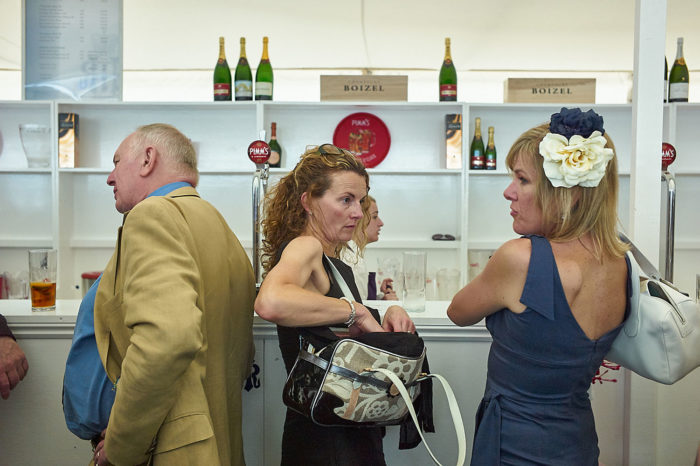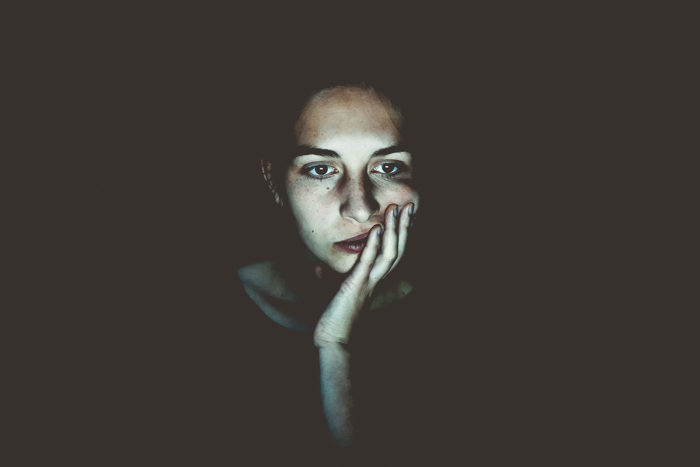
Our interview series continues this week with London based street photographer, Michael Wayne Plant. Enjoy the Q & A along with a selection of Michael’s work.
Where are you located?
I currently reside in London.
What is your educational background?
I began working as a photographer at 28 and started my MA in Photography and Urban Cultures at 42 as a mature age special entry student at Goldsmiths College, University of London. I then completed a PGCE in 2010 at Canterbury Christchurch University. Before that I worked in a convenience store till I was about 24, then I got a job in a mini lab because I wanted to be a photographer and I couldn’t get into art school to study photography without a job in the industry. I went to the Queensland College of Art for one year, part-time.
How has your life experience has played a role in developing your creative point of view?
My journey in photography has been quite different as I started in Brisbane, Australia as a commercial photographer doing regional advertising work. I then wanted to make fashion images so I moved to London. In 1999, I moved again to Paris, but for some reason ended up squatting before eventually falling though a few cracks and becoming really ill. I decided to return to London where I had access to nationalised healthcare to get well and have friends around me. I then found, because of my life experiences, that my ideas about what and how I wanted to do photography had changed. I found, as far as I know, the only photography degree in a sociology department in the world to study in. I wanted to learn about how the world actually works.
Which artists, past or present, influence your work most?
My initial influences when I started reading about photography were Robert Frank and Henri Cartier Bresson. When I was a fashion photographer my influences were Peter Lindberg, Steven Meisel, and Arthor Elgort.
Once I began down the road of social documentary photography I developed a passion for the work of Garry Winogrand and more recently Alex Webb among others.
What are you working on right now?
I am currently photographing the city of London and developing my photography services to the financial services sector. I have spent the past two years working on a street photography based social documentary project on the city of London exploring traces of the financial world on the streets of London. I’m looking for opportunities to exhibit and also find a publisher to create a book of this work.
What work do you most enjoying doing?
I have a passion for street photography because it is inherently freeform and the unexpected can make or break a photograph. I never know what I am going to get when leave in the morning and that is both liberating and scary.
What most often inspires your creativity?
Just being out with a camera and observing the flow of life as it is ever changing. I am curious about so many things. Using my camera allows me to be nosy, and ask questions, to have random conversations with strangers — I always find that inspirational.
What is your creative process?
I am a social documentary photographer who uses street photography to document the social landscape of contemporary society. I like to make images that show people within the spaces we inhabit — candid and unposed images that describe a moment in time. I often use multiple images to build the story into a narrative structure.
What do you believe is a key element in creating a good composition?
I believe in making my main subjects clearly resolved from the background. It’s something that comes from painting. Learn to see your figure, to ground relationships, and you will make your images in ways that enable your subjects to be clearly described within the frame.
How has your style and technique evolved over time?
I have really become more confident to not be prescribed in what I’m photographing. To have the confidence that life will provide me with the raw material of an image and that I can juggle all the elements to make them coalesce into a meaningful whole.
What do you wish you knew before you got started?
Just how dammed expensive it would be, and what it would cost me to become a photographer.
Are you experimenting with anything new at the moment?
As far as I am concerned all of life is one great big experiment. Every time I go out with my camera I am experimenting — testing myself — attempting to grow as both a photographer and a person.
What are your tools/equipment of choice?
I chose to use digital cameras when they came out because they liberated me from the ongoing monthly costs of a expensive lab bill. I used to regularly spend over a £1000 a month on processing and proofing… and that was doing it myself. I would get the colour negative film process only and rent a colour darkroom to make my own proofs. So, while digital equipment is expensive to buy it is still less expensive for me than film. This freed me to be far more experimental when I am working.
For my street and social documentary photography I prefer one of two focal lengths. Either a 28mm, which gives me good depth of field and little distortion or a 35mm. I think I have gradually become attuned to these two focal lengths because they allow me be in amidst the action, which hopefully translates into the image viewer feeling like they are more connected to the experience itself. For portraits, I prefer to use a focal length of 100mm or 105mm as I find that with 85mm I am in too close on my subjects and with 135mm I am too distant.
What are you trying to communicate with your work?
I am fascinated by power and money and how our society functions as a capitalist system. I am interested in how capitalism creates the social landscape that dictates our life choices.
I have both a commercial practice that addresses this from the perspective of the client (financial services companies) and a social documentary photography practice.
What role do you believe art plays in society?
To me, art is important as it makes us feel human and enables us to see differences. Art allows us to experience something other than our own narrow perspectives.
How has the internet influenced the way you market yourself?
Prior to the internet, most photographers would try to dominate their city or region, working as broadly as they needed to, so they could earn enough from their photography to sustain themselves. In other words, photographers did a range of things to prosper and survive.
With the internet, the cost of reaching a global audience is comparable to the cost of reaching a local audience. This has allowed photographers to think about becoming an expert in a specific space and/or subject.
I believe a photographer’s website should be the center of their marketing — the sun for their solar system of marketing efforts. This leads to building a brand which allows you to become master of your own area of expertise and to have your own space that you control. Today, photo editors are so pressured in their working lives that they would prefer to see a website that conveys your style, personality and work, than to take the time to make an appointment to meet you and see your portfolio.
Social media should be thought of as a funnel that directs traffic to your own space on the web (i.e., your website). Again, by owning your own space you get to make it work for you. If done well, I think this can give you an edge.
How did you decide how to price your work/services?
This is complex for editorial work. Magazines generally have rates that they have decided they can afford to pay. For advertising work, this is negotiable depending on usage and rights needed.
Galleries, however, want to create limited editions which I do not agree with. I really like the idea put forward by Lenswork (proposed by Brooks Jensen) for creating editions that can be based on different printings (more).
In the age of internet, do you think galleries are still relevant to artists?
For good or bad they are still arbiters of taste, gatekeepers to the acceptance of various artists/photographers into the canon of what is considered to be good photography. It is important to have gallery representation and I do not at the moment have such. So, if anyone is interested please take note and get in touch.
What business advice do you have for young and aspiring creative professionals?
Develop an interest outside of photography and build that into your photography practice. This will be something that you know a lot about and can use to enhance your photography work. For example, I do not do sports photography because I do not really follow sports. Now, if I was really into football (soccer) I would know how each player is liable to react to a situation and be able to anticipate where to place myself relative to the action, thereby enabling me to get images that have impact. Personally, I cannot currently do that because it is not what I am interested in.
For a long time I have encouraged aspiring photographers to find their passion, no matter how obscure. With the internet you will undoubtedly find an audience that shares your passion and within that audience you will find someone making things for it. That is where you will find a market for your photography services.
Which creative medium would you love to pursue but haven’t yet?
I am doing what I love and because of that I do not have the energy to do other creative things. I do sometimes experiment with video, but it is not a medium that I love so it is never going to be something that I do seriously.
What’s the best piece of advice you’ve been given?
From Joel Meyerowitz, I meet him outside the Photographer Gallery here in London and he had two pieces of advice: ‘Make as much money as you can from whatever you do so you can do the photography that really matters to you’ and ‘be curious, follow that curiosity with questions, and attempt to answer them with your camera’.
Do you have any upcoming shows or workshops?
I am working on a project using street photography to document the traces of finance on the social landscape of the city of London. I have been working on this for about 2 years and part way through I realized that Brexit has become the mood music of our times (here in London). At the moment, the project finishes when Brexit is completed or is cancelled. This project, I am aiming to exhibit in the city where the work has been made and I am also looking for a publisher to make a book of the work.
I also have another project that has been 10 years in the making: One or two days a year I get to go to Henley Royal Regatta and make images of this social event on the English calendar. I have begun to edit this work, it is about the social side of a rowing event so you see a little of the river and a lot of the English class system. It is something that I would also like to see become a published work some day.
To see more of Michael’s work or follow his latest, visit his website or connect on social media:
Facebook
Twitter
Facebook
LinkedIn


